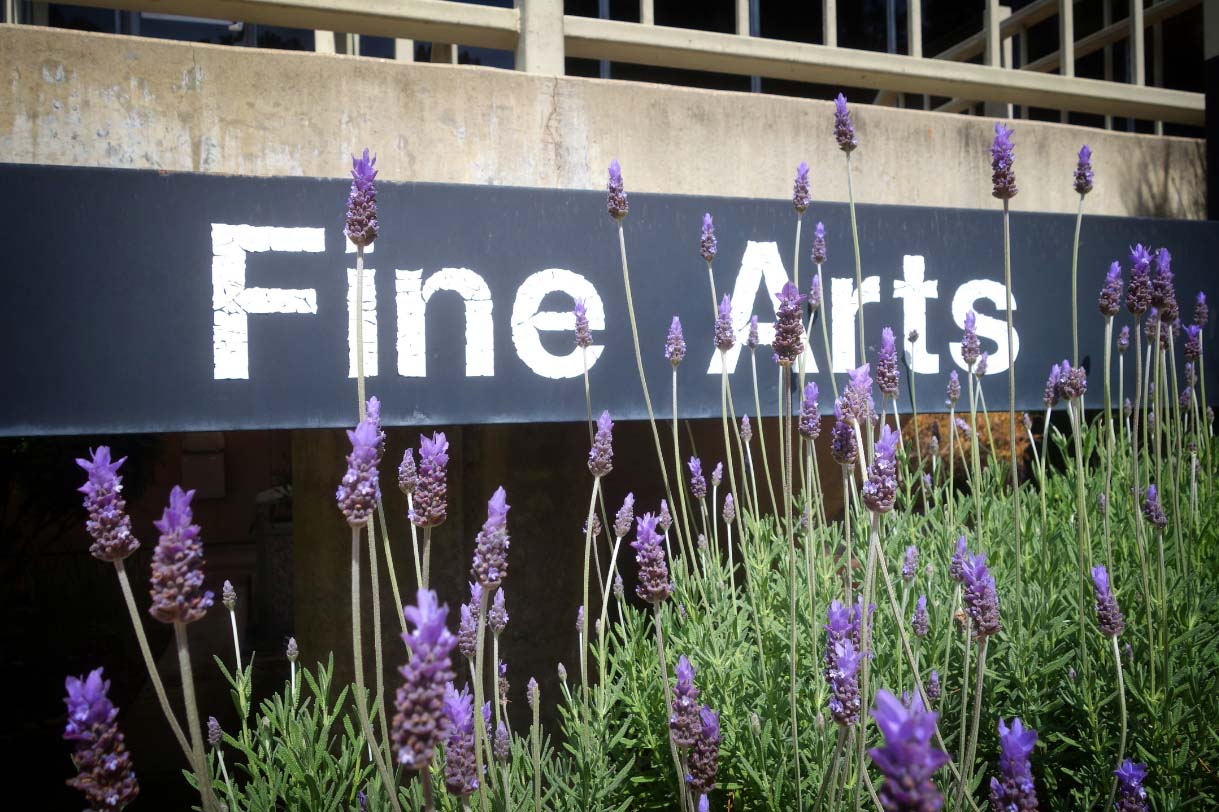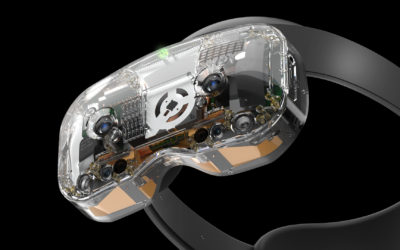Can VR photography be a new art form? There is an age old discussion on whether photography is art, now with 360VR photography there is no doubt some who will say that it is NOT art. This is really my goal with this website, to explore what photography will look like in the age of VR. There have been a number of arguments against photography being art, namely lack of intention, skill and rarity. Would we consider a commercial product shot art? Can a random photograph from say a traffic light camera be art? Can something that can be machine reproduced with no limit to number of copies be an art object? All good questions with likely only arbitrary opinions. Over the years as a photographer I have thought about this, and will attempt to apply my thinking to VR photography. Again all of these are educated opinions intended to get you thinking about expressive VR photography.
Intent
Intent is important, at the end of the day an artist creates art. So if one’s intent is to create art via the medium of 360VR, then the result is art. There can always be accidental art, but that usually requires a person to point out the art, and then the artist is the curator! There is a whole art field of found objects and photographs that is an example of this.
Artistic Control
Part of my criteria for art is if there are creative controls that an artist can use to express themselves. This is where the term expressive photography comes from. Expressive photography is art and expression is a vital part of art. Through skill and experience the artist wields their vision throughout the process and that vision can be observed in the final result. Without artistic control it is much harder to make the argument for art, if any two people would stand in the same place and create the exact same photograph it is harder to argue that is art. So let’s look at VR photography and identify some of the creative controls the photographer has.
Camera Controls
Most of the usual camera controls are available in VR photography. Color, saturation, texture are all manipulated by the expressive photographer to convey their vision. The science of color is really exploited by videographers, their are entire thesis on the why and how of “Teal and Orange” coloring, and how it affects the viewer. These can all be applied to 360VR, and they may have even bigger influence on feeling when the viewer’s entire field of view is under control of the VR photographer.

Choice of Time
This is a big one in nature photography. I live near Yosemite, the location for many of Ansel Adams greatest pictures. I visit those places on a regular basis, and let me tell you 99% of the year they are so boring no one would even think to make a photo. But during that 1% of the time magic happens! A recipe for a truly great photograph could be technical skill + location + perfect timing.
Choice of Camera Location
Where we put the camera is very important. When I move a camera closer to an object in a scene that object grows larger in comparison to the rest of the scene. I am bringing the viewers attention to that object, hopefully I have an artistic reason to do so. When I place my camera low I can make the viewer seem smaller in relation to the scene, higher and the viewer might get a sensation of floating. In VR camera location is even more important as EVERYTHING is in view, there is no cropping, which is a very important tool to the traditional 2D photographer. When I setup my VR camera I need to look everywhere and try to block out things I don’t want to be in the picture, and emphasize those things that I do.
Post Production Creative Control
Ansel Adams once said “the negative is the score, the print is the performance” or something like that. What he was saying was that the capture of the scene is only the first step in creating the final expressive photograph. He was also very quick to point out the artistic advantage of imagining the final photograph and using that vision to drive capture the image in the field. This can be applied to VR photography, When scouting for a photograph I imagine putting on the HMD and asking myself what I want to see. So much is under control of the artist, I want the viewer to be amazed and feel the same thing I feel when I stand in front of an awe inspiring subject. In post I can use technical controls to manipulate the image, change the lighting, even change objects in the view, but it is all driven by that initial creative moment.

The Art Object
In photography there used to be this art object called a print, you MAY have heard about, but these days maybe not. Physical prints are still considered by many photographers as the final art piece, however, these days the final art piece is much more likely to be a website, perhaps a book. In VR the art object is just the experience in HMD. The concept of digital art ownership and selling is only now starting to take off with NFTs for artists on websites like SuperRare and Rarible. This is an exciting area of digital art objects that I’ll talk more about here.
I hope you now agree with me that 360VR is an art form, and an exciting one as more and more users get VR headsets and want to enjoy great immersive photographs. Hopefully this site can help you learn to create great photographs for this growing market!




0 Comments